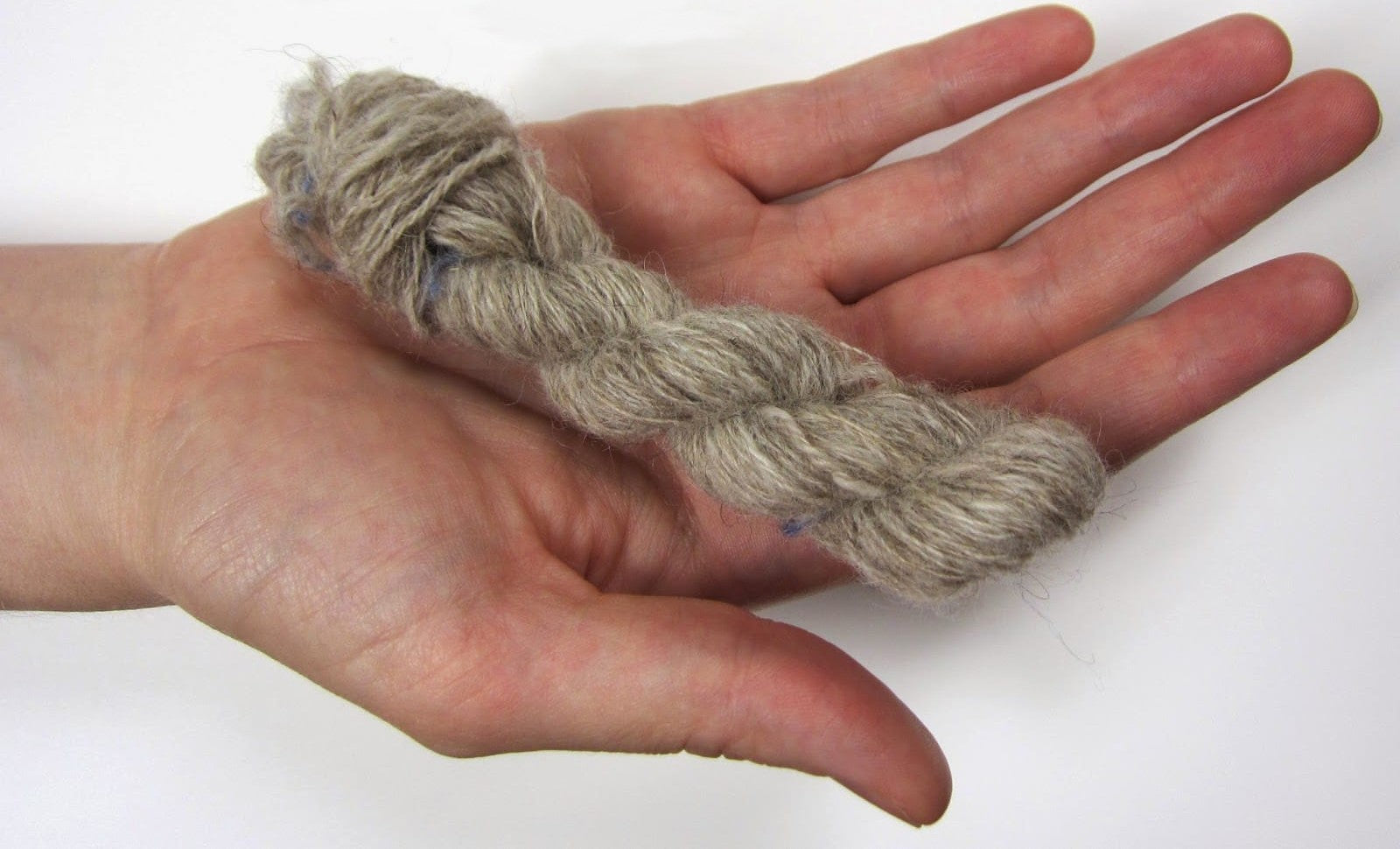By Kate White
Several years ago, I signed up for the Fiber Project at Feederbrook Farm. Then a knitter, I requested my wool share as roving, with the idea that I would one day learn to spin. I moved that fleece across the country with me, and when I interviewed at Schacht I said, “well, I don’t spin or weave, but I have this sheep in my closet…” Schacht, of course, is a great place to learn to spin and weave.

Last Spinzilla I started spinning a merino silk roving, which I proudly skeined a mere eight months later. For those eight months, I fought yarn that drifted apart as I spun and singles that dissolved during plying. I fought, fought, fought changing my whorl. I had been taught that the purpose of whorls is to adjust our spinning wheel, rather than our inherent style, to get the effects that we want. Despite having a good source on high speed whorls for my Ladybug, I feared locking myself out of options. Moreover, I felt like I should be like "normal" people and be able to spin on my medium speed whorl.
Crafting doesn't always bring out the best in me.
Even so, I have a weaving project in mind and recently decided it was time to tackle my Shetland from Feederbrook. One day I was spinning with Denise and as she watched me hunt for yet another lost end in the depths of my bobbin, she asked if I had checked my twist. She showed me how to pull the yarn off the bobbin to see how it behaves, and to learn from that behavior. This caused in me an existential crisis regarding the relationship of twist and a good ply and, of course, my style and skill.

Kate White, right, and Denise Renee Grace spin on the lawn at Schacht.
After ten minutes of silent spinning (and stewing), I quietly settled my driveband into the smaller of the grooves on my fast speed whorl – something I had absolutely refused to do before. Suddenly my yarn started behaving.
With enough trustworthy singles for a sample, I sat down to try a 3-ply yarn. The result was sloppy. My singles and my project are both well-suited for a 3-ply, but I am not yet; proper execution will require some more research and practice on my part.

handspun yarn woven on the Zoom Loom
I call this yarn “Inflection.” First, it seems like a poetic, if not literal, opposite of “deflection.” Learning requires vulnerability, a willingness to open and absorb rather than close off and turn away.
Conversely, “inflection” calls to mind a voice, and reminds me that learning is not always meant to be a download of information, but a process of relationship and personalization. Neither of these components of learning are my default. Fortunately, I have another pound and a half of wool to work with and learn from.

